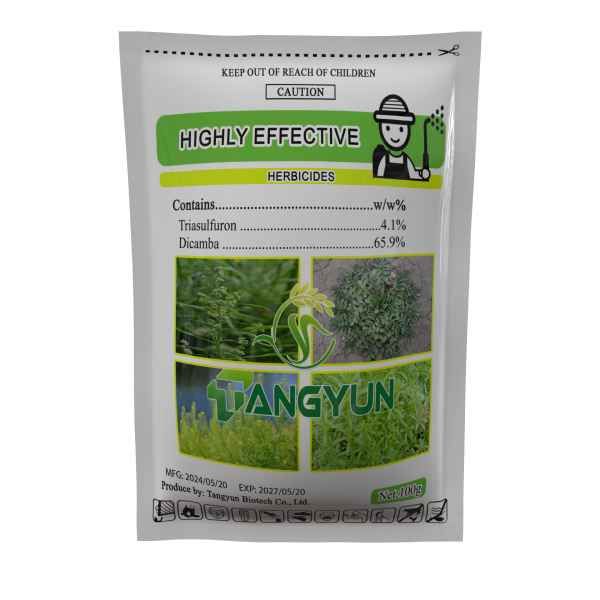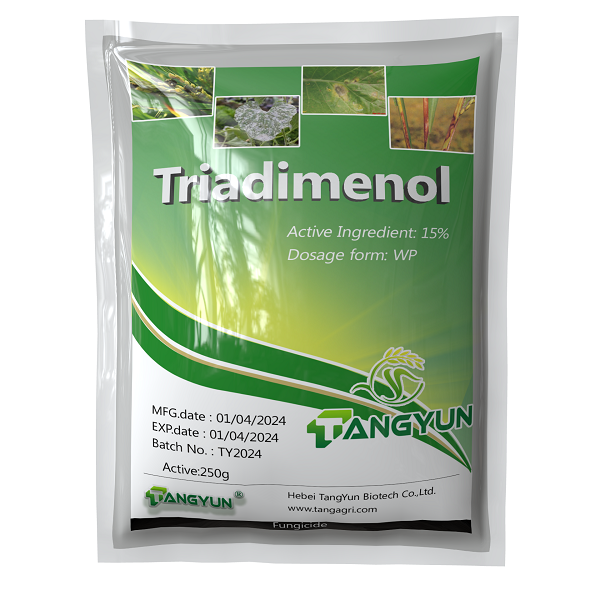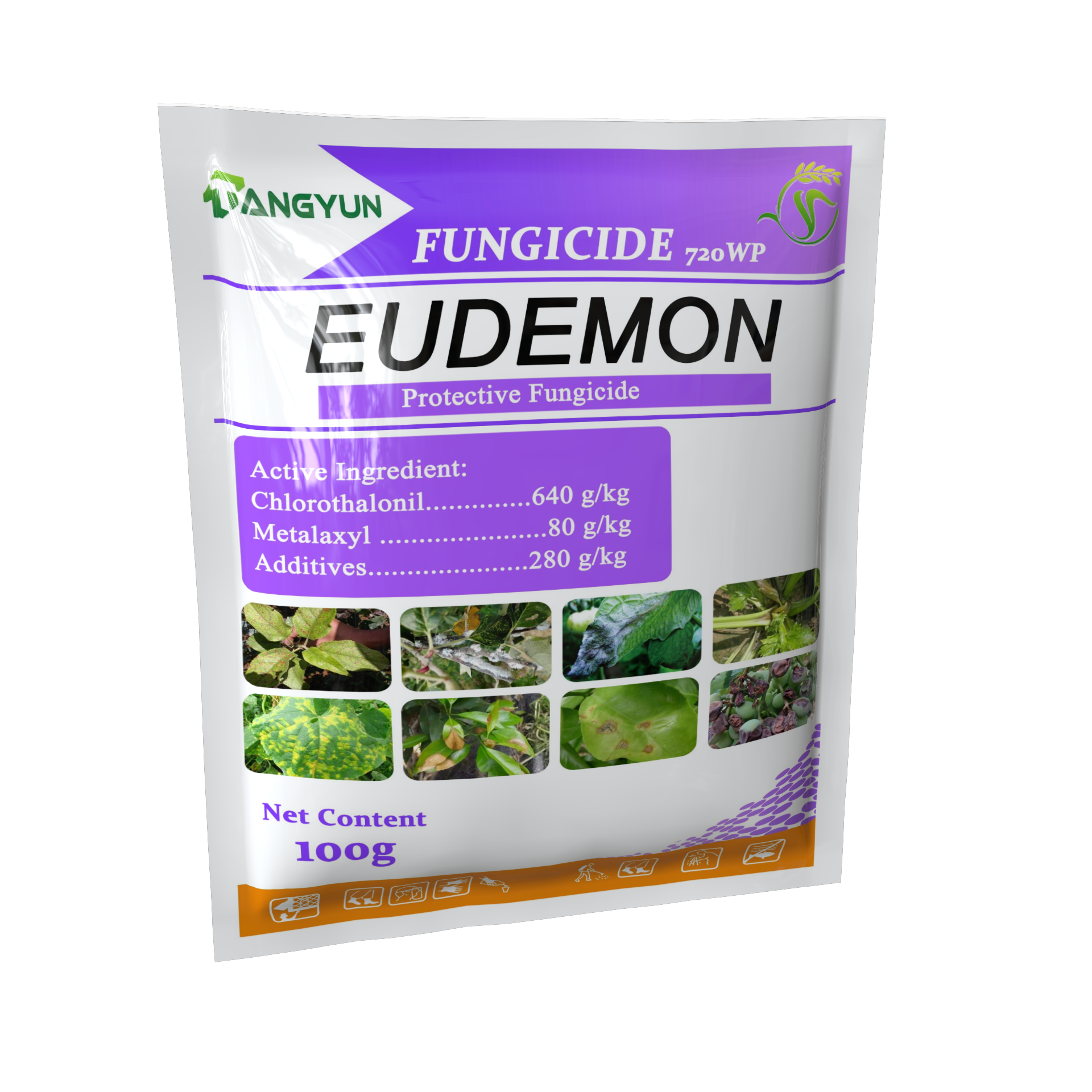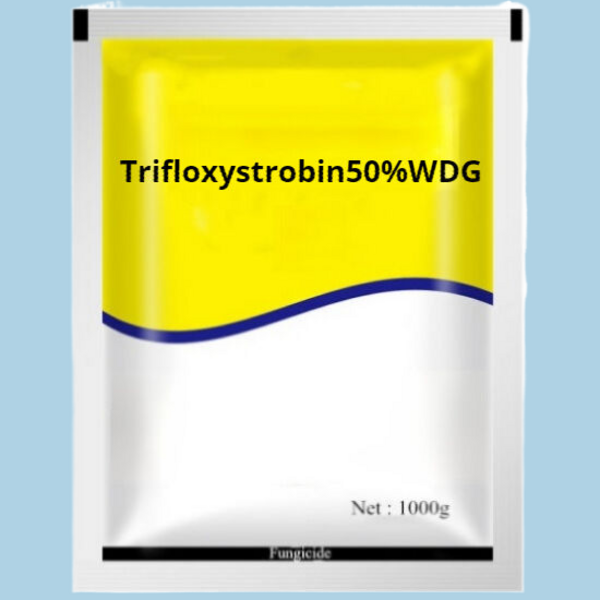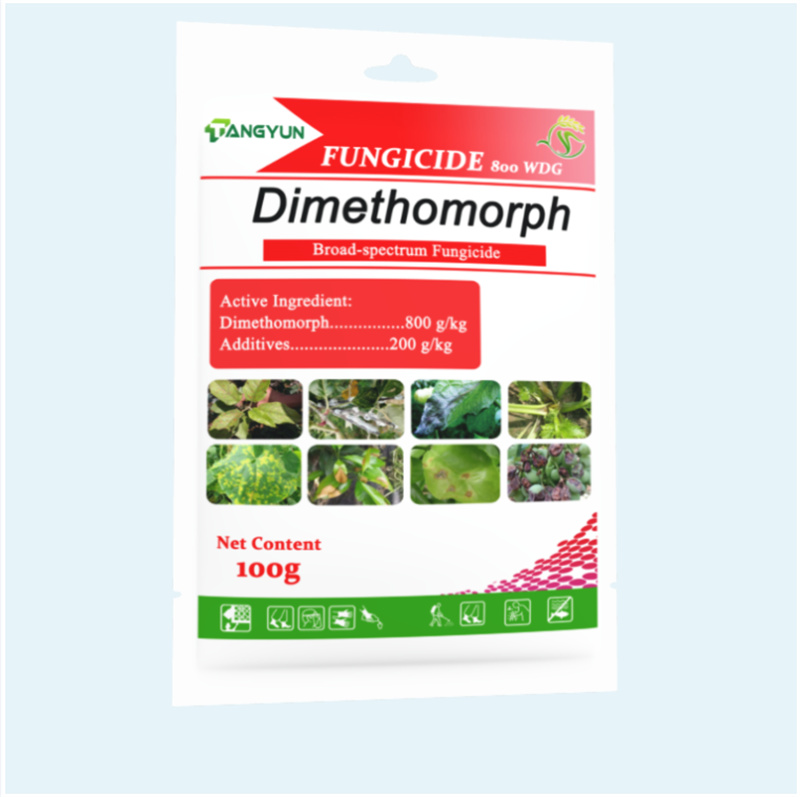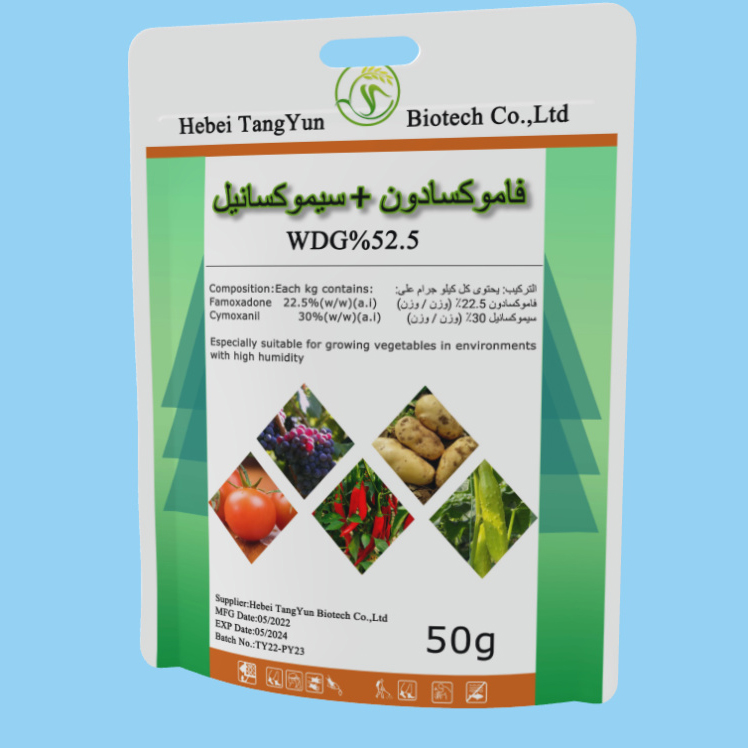Benomyl
Product Description:
Benomyl is a carbamate systemic fungicide with protective and therapeutic effects. It is metabolized into carbendazim and another volatile butyl isocyanate in plants. Its mechanism of action is mainly to interfere with deoxyribose sugar. The synthesis of nucleic acids (DNA) is particularly related to the obstruction of nucleoside production. During the process of pathogenic cell division, carbendazim can also combine with microtubule proteins of spindle fibers to interfere with mitosis. However, slight changes in spindle microtubule proteins can reduce the binding force of carbendazim to microtubule proteins, thus easily causing drug resistance.
Tech Grade: 95%TC
|
Specification |
Object of prevention |
Dosage |
| Benomyl 50%WP |
Stem blight on asparagus |
1500-1800Times |
| benomyl 20%+diethofencarb 25%wp |
Gray leaf spot on tomatoes |
450g-750g |
| Benomyl 15%+mancozeb 20%+thiram 15%wp |
ring disease on apple trees |
400-600Times |
Technical requirements for use:
Technical requirements for use:
1. Use before or in the early stages of stem blight. This product is stable under dry conditions and easily decomposes and loses effectiveness in moist soil. It will be converted into carbendazim in aqueous solution or in the plant body, so as to better exert its efficacy. .
2. Benomyl cannot be mixed with alkaline agents such as Bordeaux mixture, lime-sulfur mixture, and copper-containing preparations.
3. Do not apply pesticides on windy days or if rainfall is expected within 1 hour.
4. It can be used up to 3 times per season, and the safety interval is 5 days.



